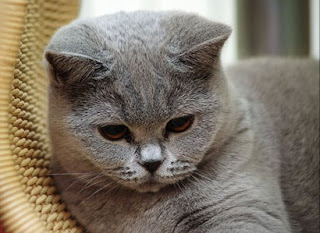Unfortunately, poisoning of our pets is quite common. They require emergency intervention by vet experts. The most common poisons are rat poisons, disinfection agents, plant protection products, ethyl-alcohol, detergents, antifreeze, insecticides, medicines for humans, poison for mice, poison bees, oil, paint and acids. The first symptoms, signs quickly appear: vomiting, salivation, apathy, diarrhea, mucous membrane floods, impaired heart rate, weakness and cramps. First aid should be provided as soon as possible, that means giving a salt solution (1 tea spoon of salt in 100ml water) through the mouth, best done with syringes, to give a lot of water to dilute the poison, 1% brazen-sulphate can be given. Giving castor beans is not good because some poisons dissolve in the oil and the situation becomes even worse. It is good to give a little barbiturates that will calm the animal and to visit the veterinarian as soon as possible to rinse the stomach and to give the antidote to induce vomiting. Common causes of poisoning: a dog is curious and greedy while eating food, puppy swallows everything it founds, cat lick its hair and is forced to swallow it all when cleans itself after walking on land, dust, pesticides, oil, petrol, etc. Antidote: drinking water, milk, lemon juice, egg white. Against shampoos: milk, water with egg white. Against mercury in the thermometer: milk, egg white. Against oil and gas: olive oil, paraffin oil through the mouth. Harmful substance causes two groups of illness signs: 1 local, 2 general. Locals are in the mouth area (salivation, signs of attenuation, damage to the tongue. General: nerve, and the signs in the whole organism, which can be deadly.
Friday, May 29, 2009
Monday, May 25, 2009
My Pets blog: British shorthair cat

Originates from cats on British farms and homes in the UK. The first cat was shown at the exhibition in London, 1871. During the years it mixed with the Cartesian cat, and in 1997, FIF decided to separate two species apart. British shorthair cat is similar to the domestic cat, but the major differences are in the shoulder width, short strong legs and a wide nose. Fur of this breed is custom for cold regions. Firm hair give her excellent This is a quiet, reserved breed and that is the main reason why it has acquired many fans. 40% of this breed has a blood group B, which is a rare characteristic.
Subscribe to:
Posts (Atom)